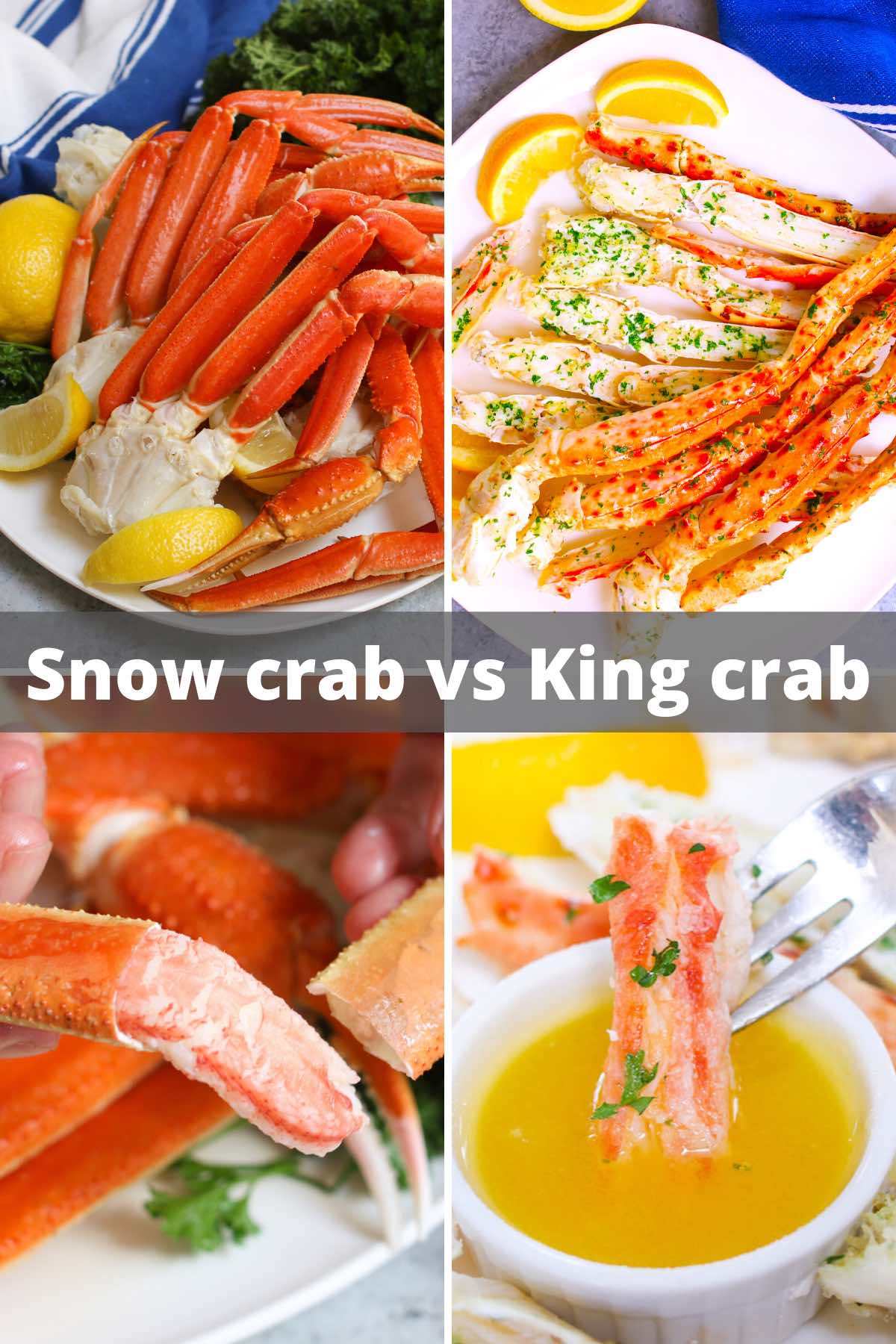

These parts are removed prior to being cooked, so diners can eat with abandon.Ĭrabs typically molt between 18 and 23 times during their life, and they can mate only when a female is molting. During that time the shells are soft and papery, so they can be eaten whole, claw to claw, with the exception of the gills and parts of the abdomen. Soft shells are any crab that has molted within the last 12 hours. Many consider soft shell crabs to be a delicacy, and a way to enjoy crabs without the arduous task of picking them. But even if a blue crab isn’ t from Maryland, it’ s still going to taste pretty good. The certification verifies through the restaurant’ s receipts that at least 75 percent of the crabs or crabmeat used during the year came from Maryland.īut as Updike says, " Yes, Maryland crabs do taste better. The easiest ways to ensure you’ re getting Maryland crabs are first to ask, and second to visit restaurants that are True Blue-certified by the state of Maryland. of Natural Light Charters, who leads chartered crabbing and fishing trips with his son Frank Jr.

So how does one look at a crab and know if it’ s from Maryland? One of the ways is the color of the fat, often called mustard by locals, which is a darker shade of yellow, according to captain Frank Updike Sr. " To someone that knows what they are looking for, it is possible to tell by eye which ones are from Maryland, but most likely it will be by taste."

" This gives our crabs a buttery flavor that you won’ t find anywhere else, " Vilnit says. He explains that just like other creatures that hibernate, crabs need to build up fat stores to sustain them through the dormant period. The seasonality has certainly affected our appreciation for blue crab over the years, and it is why it holds the place that it does in the Chesapeake way of life."įrom a scientific perspective, the need for hibernation is the main reason Maryland crabs taste better than other types of crab - and also tastes better than blue crabs from other waters, according to Steve Vilnit of the Maryland Department of Natural Resources, Fisheries Services. " The season typically starts around and lasts until the cold weather comes around in November. " The seasons have a lot to do with it," he says. Gjerde notes that other species of crab lack the depth of flavor and delicate texture of blue crabs. Many restaurants use cheaper pasteurized crab from Asia for their dishes. The lazy might prefer larger Dungeness crabs from the West Coast, which are much larger and easier to eat. " They are superior to any other crab in my opinion." He knows his crabs: " Blue crab is really unlike any other crab in the world, thanks to the growing conditions, and the type of estuary we have here," he says. Gjerde is the first Baltimore chef to win the James Beard Award for Best Chef: Mid-Atlantic, and was raised in Baltimore. " Blue crab is part of the holy trinity of Maryland seafood, made up of oysters, rockfish, and blue crab," says chef Spike Gjerde of Baltimore ’ s Woodberry Kitchen. According to the Maryland Department of Natural Resources, approximately 50 percent of the country’ s blue crab harvest comes from Maryland waters.Īnd they are an essential part of the region’ s culinary heritage. As a result, in Maryland, steamed is usually the only option on offer.īlue crabs can be found in waters as far north as Nova Scotia and as far south as Uruguay, but the crustacean's strongest association has always been with Maryland. (Boiling proponents argue that steaming pushes the internal temperature too high and dries out the flesh.) But oddly enough, Marylanders complain that the seasoned boiling water makes the crab taste too evenly seasoned - they prefer the variety in heat and seasoning that comes from tasting the spice that rubs on to the crabmeat from their fingers. Marylanders will tell you that boiling makes the crabmeat wet, rather than just moist. Marylanders prepare hard shells and other seafood by steaming them, rather than the boiling that is common along the rest of the East Coast and Louisiana. And not just any crabs: We’re talking about the delicate, sweet blue crab bounty of the Chesapeake Bay, whose Latin name Callinectes sapidus means "beautiful swimmer." There are few things that get Marylanders more excited than tearing into a bushel of red-shelled beauties encrusted with crab seasoning, or enjoying the delicacy of a fried soft shell, accompanied by an ice cold Natty Boh. Summers in Maryland aren’t summer without crabs.


 0 kommentar(er)
0 kommentar(er)
